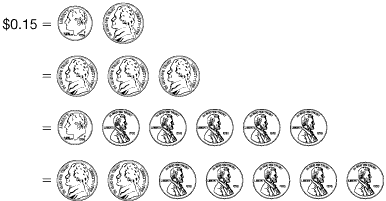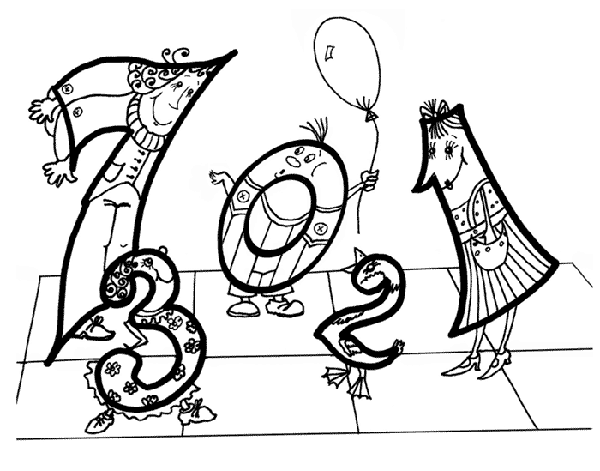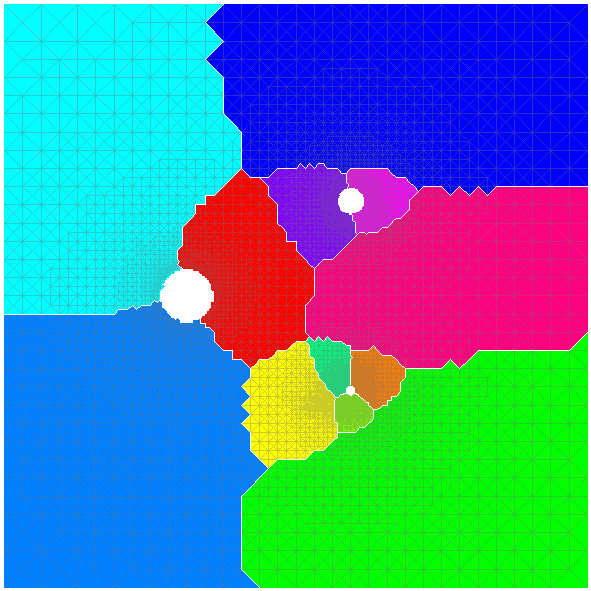So, when 8.4 came out there was all those comments about how getting window functions was an awesome addition. Now, it seems that a lot of people seeking for help in #postgresql just don’t know what kind of problem this feature helps solving. I’ve already been using them in some cases here in this blog, for getting some nice overview about Partitioning: relation size per “group”.
*That's another way to count change* Now, another example use case rose on IRC today.




